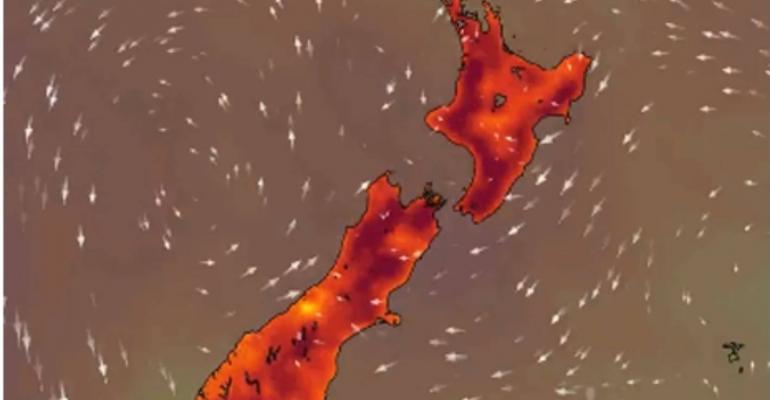Research Programme
- Philip Sutton
NIWA - View the full team
Project Lead
-
Budget
$170,000 -
Duration
July 2019-June 2020
-
Completed project
Warming in the Tasman Sea
The Tasman Box: filling and warming up
The temperature of the Tasman Sea has a strong influence on New Zealand’s climate system. The increasing heat content of the Tasman since the 1990s has resulted in significant sea-level rise, due to thermal expansion of seawater. Marine heat waves are becoming increasingly frequent, and they too have a big impact on weather, ecosystems and fisheries. Recent work has found a link between the intensity and frequency of marine heat waves and the heat content in the ocean.

Heat in seawater is easily shifted, even by slow ocean currents and subtle changes in its vertical composition. When these shifts occur they can have significant impacts on climate. New Zealand is a small land mass surrounded by water, and our climate on land is largely determined by these factors. When the amount of heat stored in the ocean changes, so does both our climate and our climate extremes (such as tropical storms). Because of prevailing winds, the heat content of the Tasman Sea in particular is a key player in New Zealand’s climate experience.
This project aimed to improve our understanding of what causes these changes in the Tasman’s temperature, and what impacts these changes might have on our weather, marine heat waves, and sea levels. Using modelling and observations from the last 30 years, this project has collected temperature, salinity and ocean current data to calculate heat fluxes within the ‘Tasman Box’ – an area of ocean that lies between three transect lines.
These observations are improving the accuracy of the New Zealand Earth System Model (NZESM). With better knowledge about how variability in the ocean effects our climate, we can respond more quickly and more effectively.
PROJECT TEAM
-
Melissa Bowen
University of Auckland -
Denise Fernandez
NIWA -
Erik Behrens
NIWA -
Helen Macdonald
NIWA -
Philip Sutton
NIWA